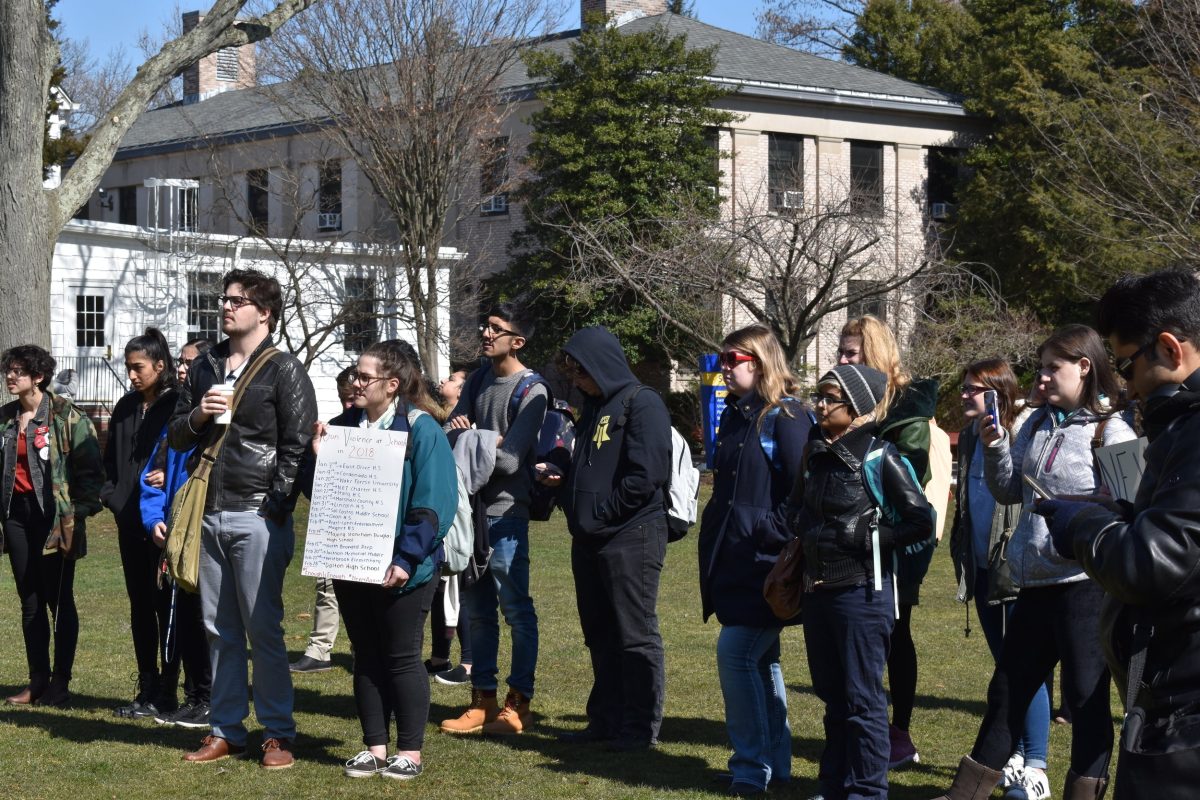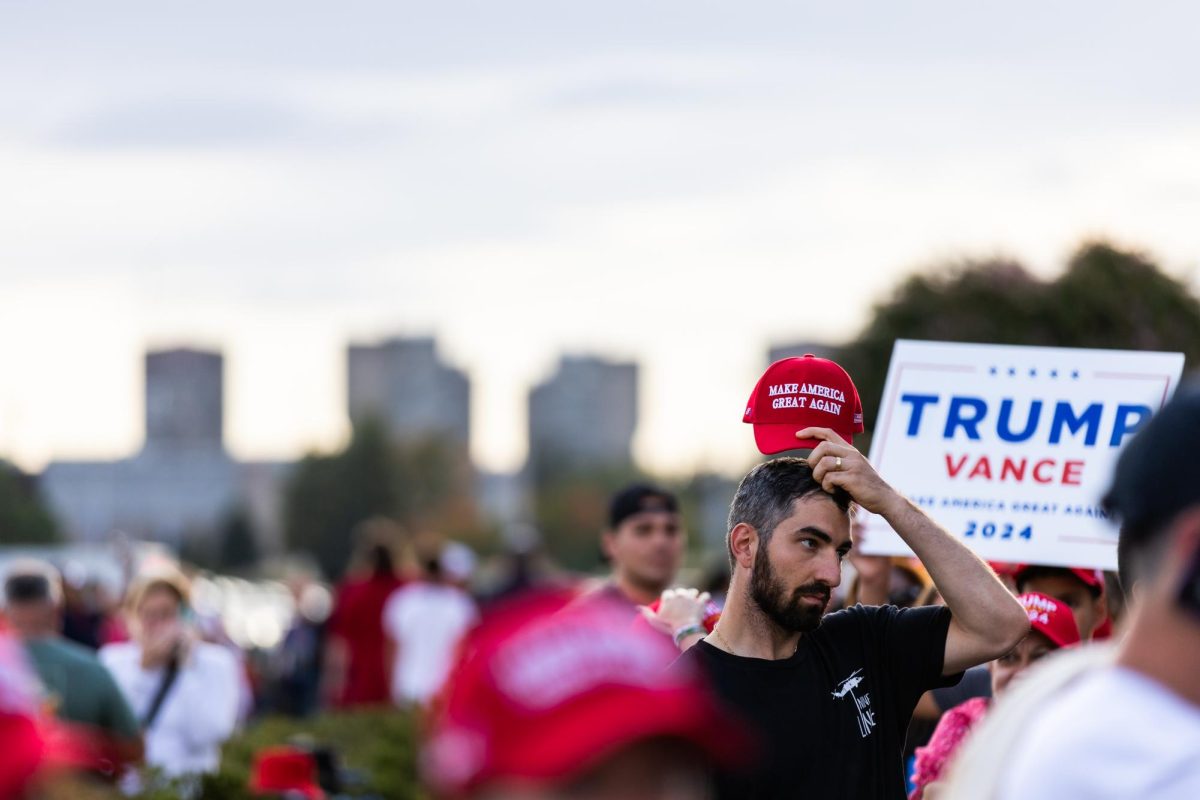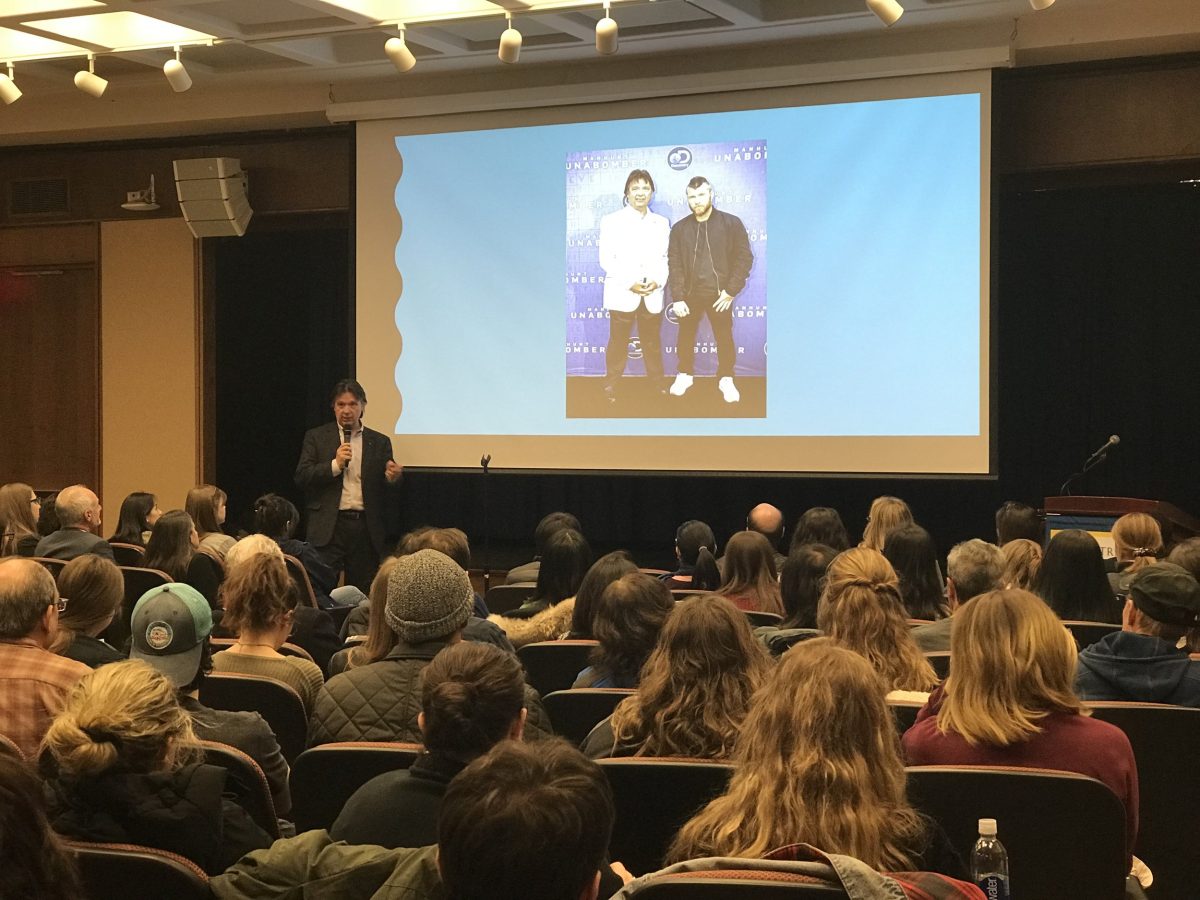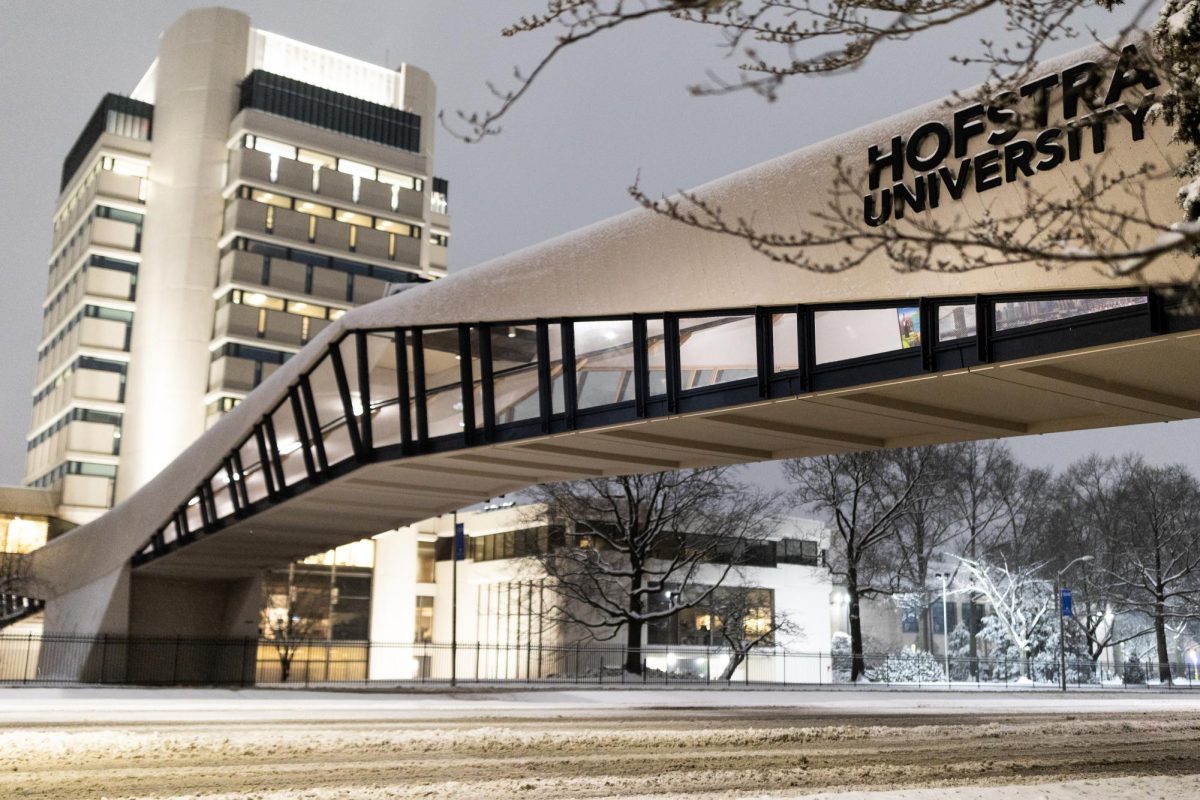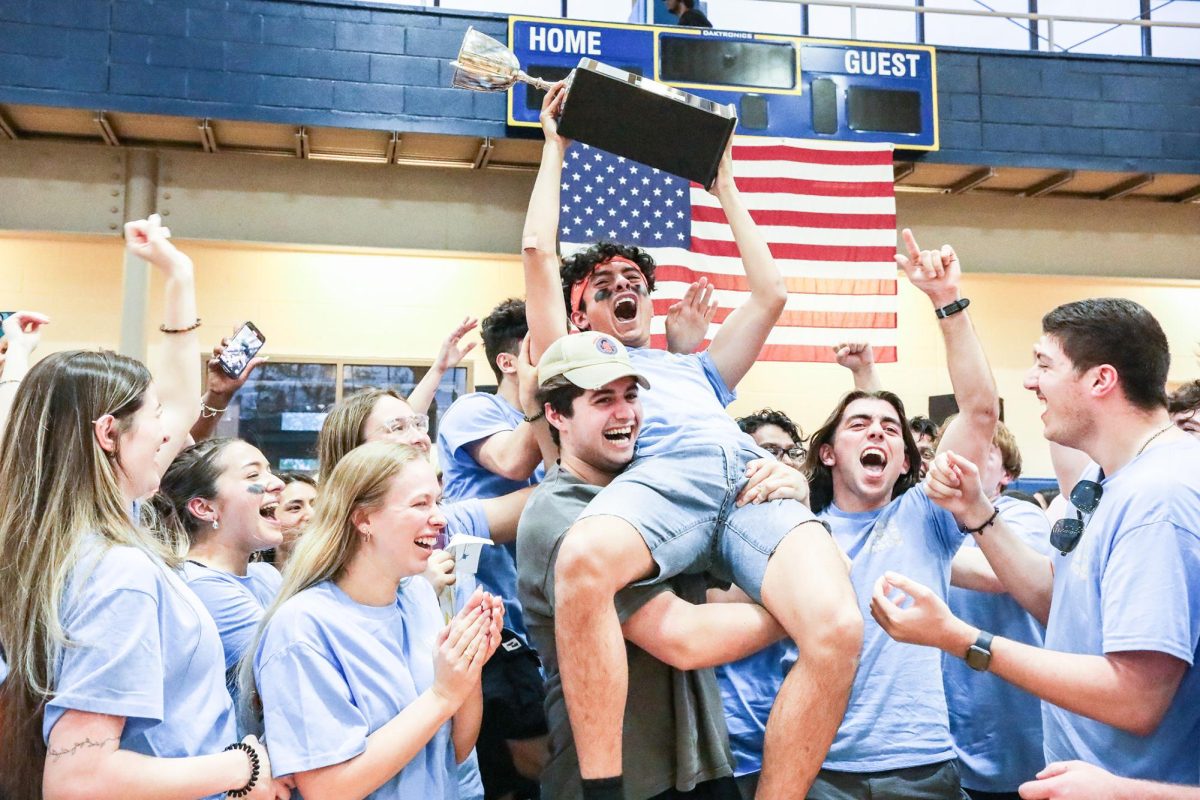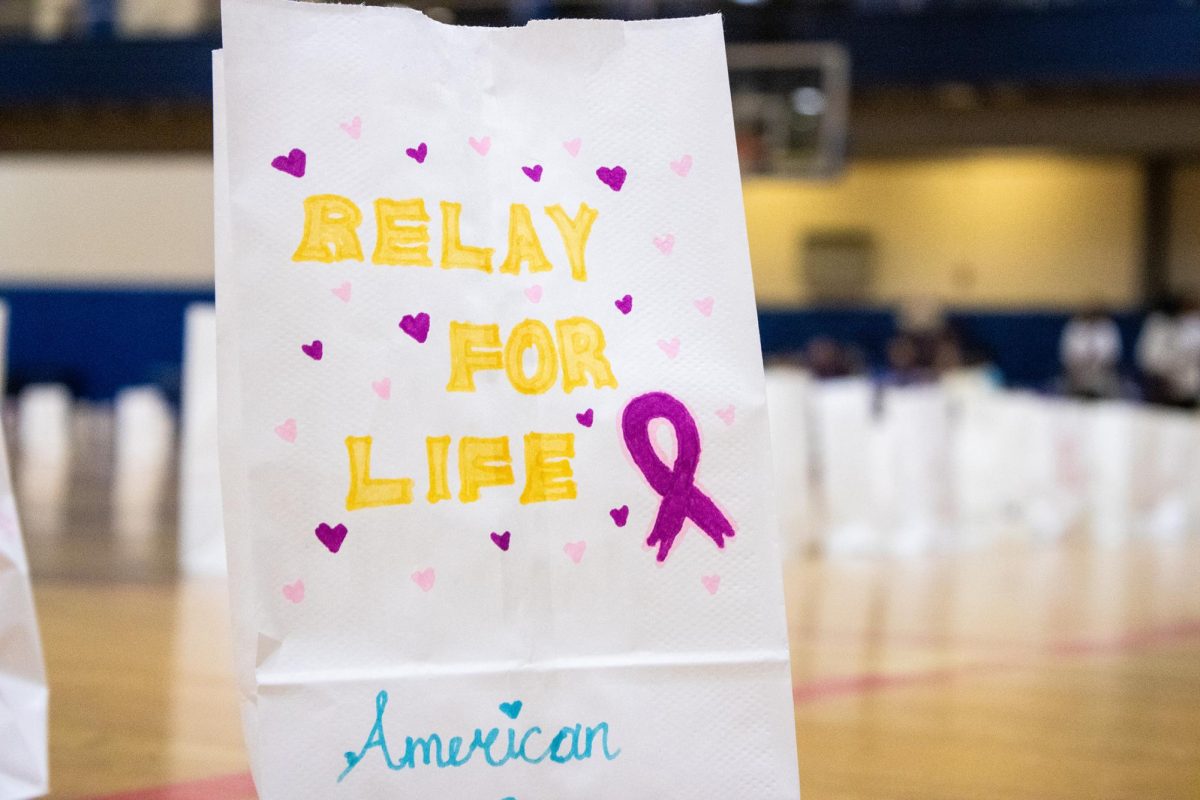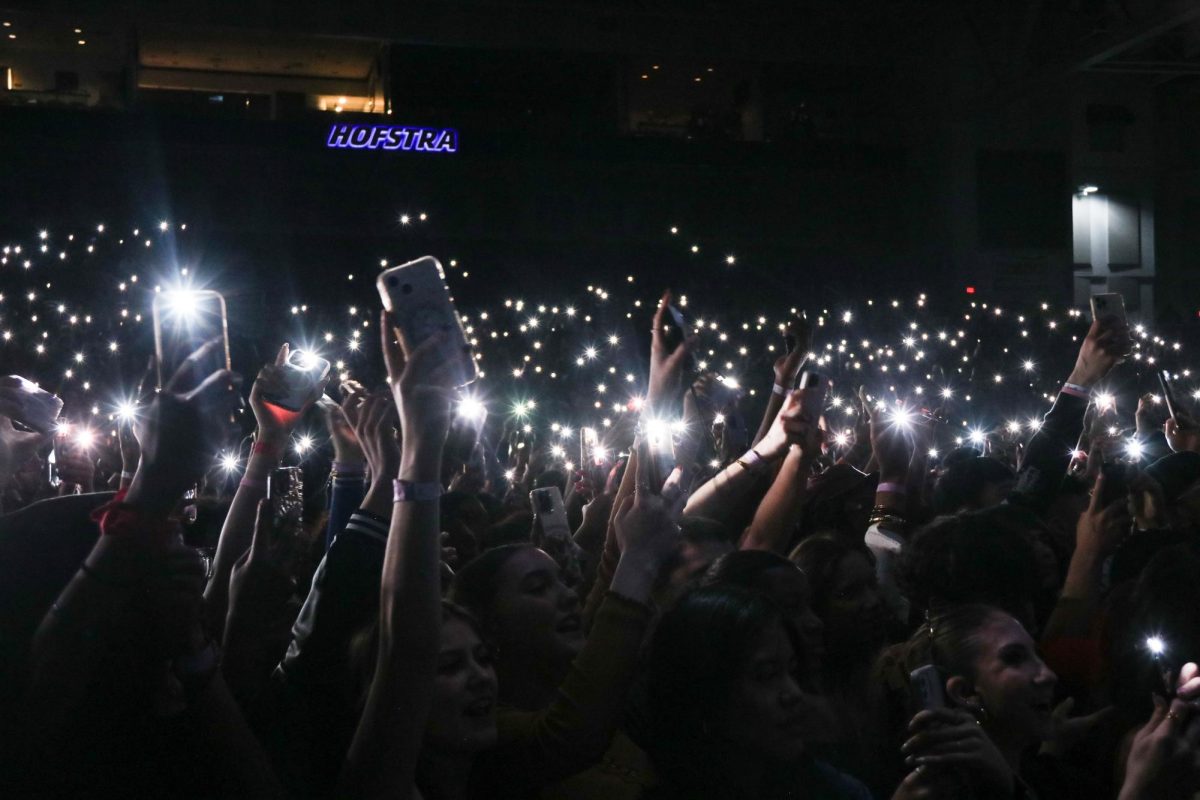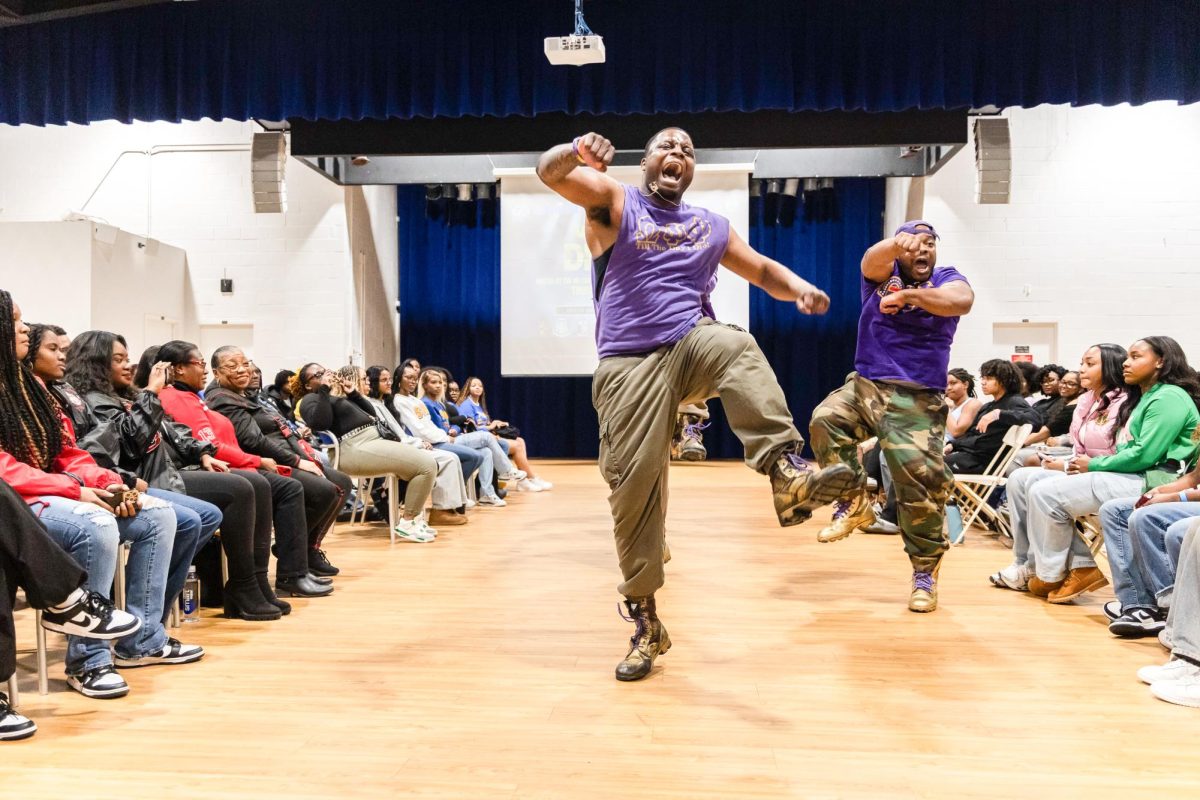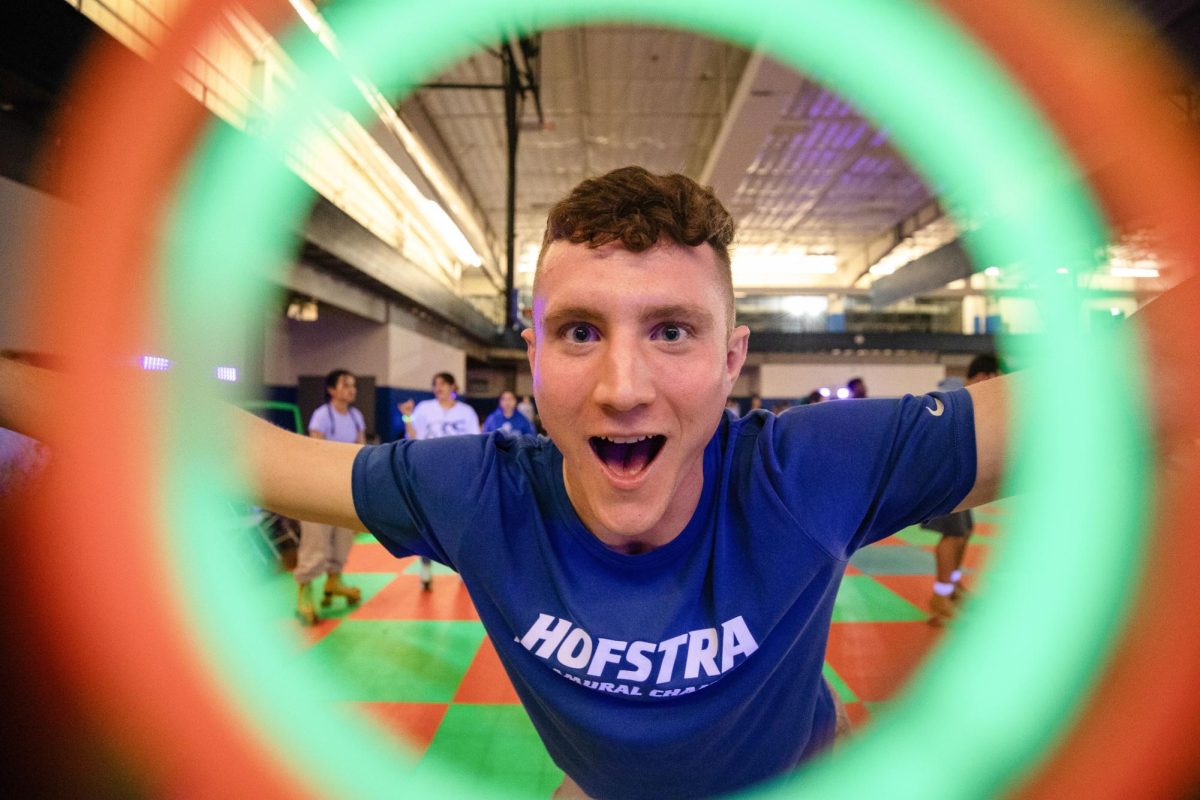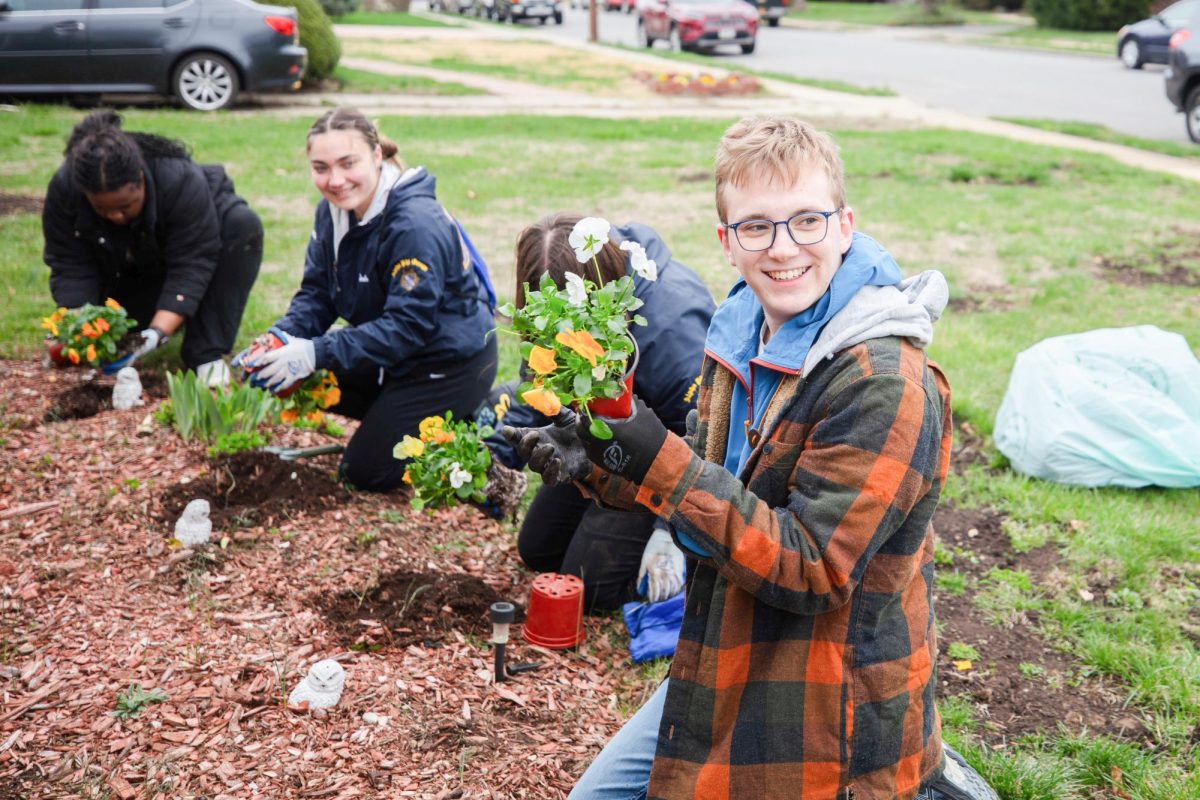Exactly one month after the shooting at Marjory Stoneman Douglas High School in Parkland, Florida, students across the nation participated in school walkouts to raise awareness regarding gun regulation in the hopes that such tragedies will never occur again. Students at Hofstra held their own March for Our Lives protest on Wednesday, March 14, organized by undergraduate students through a Facebook page to create a sense of solidarity that was reciprocated nationwide. The local march garnered significant attention with more than 70 participants in attendance, each memorializing young victims and displaying political activism.
Students gathered in the David S. Mack Student Center at the beginning of common hour and were led by event organizers in a march across campus with posters reflecting concerns over the lack of gun restrictions in America. After a lap around the south side of campus, the group settled in Calkins Quad, where the floor was opened for participants to discuss their views on the issue as well as any experiences related to the matter of gun control.
Freshman Brynne Levine, a public relations major and one of the event organizers, voiced her opinions early on in the march. She said most people were unaware that gun regulation was the goal of the demonstration. She continued by saying that “A big misconception with the March for Our Lives is that people think we want to get rid of guns entirely – that’s not necessarily the end game.”
Varying degrees of passion about policy change were made obvious at the event Wednesday. Rebecca Skolnick, a sophomore drama major, expressed her frustrations over who has the ability to purchase these weapons. Skolnick made a point concerning age, saying, “Who is going to tell me that I’m mature enough to buy a gun and kill people, but I can’t drink?”
Students came and went as the event continued, with many sharing their own stories regarding such tragedies. Lydia Oh, a sophomore film studies and production major, grew up less than an hour away from Sandy Hook Elementary School in Newtown, Connecticut. She recalled how profoundly the shooting impacted the state and the communities surrounding it, including her own. “I still don’t know why Sandy Hook wasn’t enough,” she said to the crowd.
About an hour into the protest, some students walking by offered their opinions audibly and created friction that allowed for deeper discourse among peers. After initial hesitance and a strong distaste for the protest, Austin Van Schaick agreed that the recent mass shooting epidemic is a problem. “It is something that needs attention brought to,” said the junior history and secondary education major. Yet, when it comes to guns, Schaick feels that they are a necessity for defense. “The call shouldn’t be to disarm. The call should be to defend our students. We have armed guards at banks, we guard money with force. Why do we not guard children’s futures with force?”
Schaick went on to say that these issues “need different viewpoints intersecting” in order to come to any sort of solution.
Hofstra’s Vice President of Student Affairs W. Houston Dougharty also attended the event. He applauded the students’ efforts in assembling and organizing a platform to talk about such an important topic. “A university campus should be a marketplace for ideas,” Dougharty said. “It should be a place where people talk about issues they care about and engage in dialogue that includes many opinions.”
Marches and walkouts nationwide presented a call to action for congressmen and political officials to take the matter of gun violence seriously and to listen to the young voices being affected. “Like any protest, it’s going to put issues into the forefront of people’s minds,” said Regina Volpe, a junior creative writing major. “It’s really forcing them to be aware of the situation at hand.”
Senior history and political science major Jesse Saunders, another organizer of the event, steered much of the conversation. “The whole reason we’re here is because this is not going to happen again,” Saunders said. She felt that, although small in number, the protest did reach many on campus and broadened awareness.

